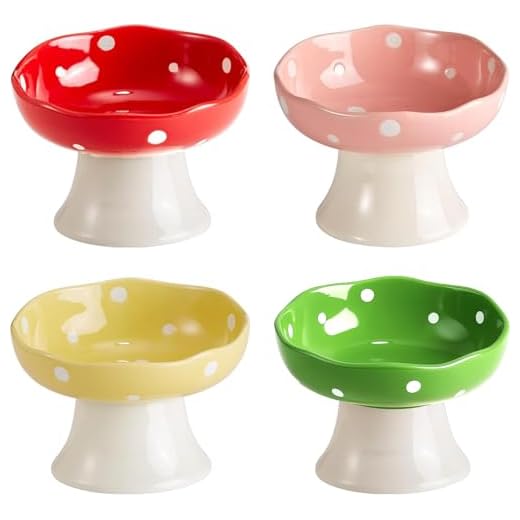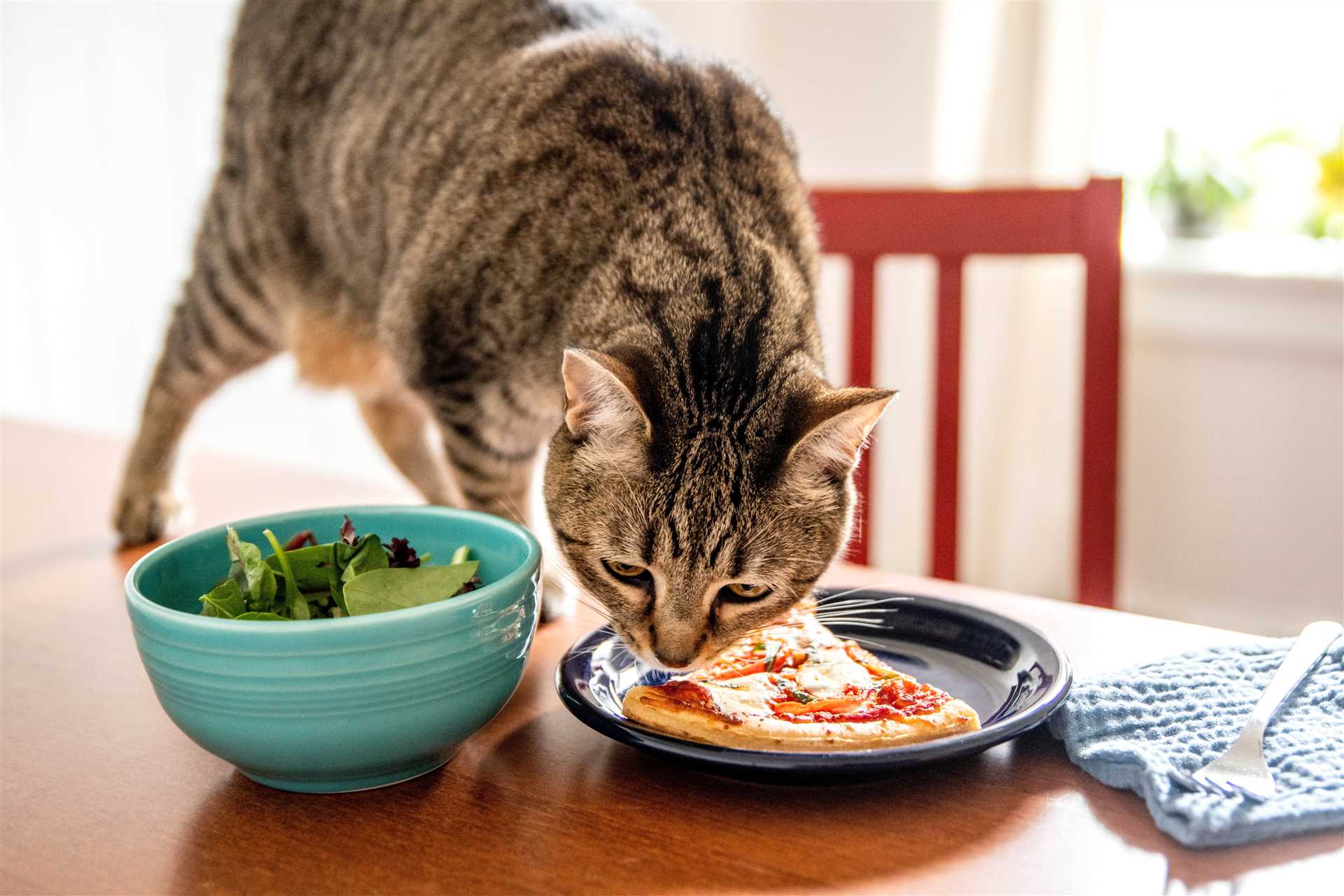



When I chow down, you might hear me making some unusual sounds. These grumbles aren’t just random; they serve a purpose. Often, I’m signaling that my food is mine, and I want to enjoy it without interruptions. It’s a form of communication that tells others to back off and respect my space.
Feeling possessive over my meals is perfectly normal. Just like humans, I sometimes experience a sense of ownership when it comes to food. If I sense competition, my vocalizations can become more pronounced. This behavior is instinctual, rooted in my ancestors’ need to protect their resources.
If you’ve noticed these noises increasing, it could be a sign of anxiety or stress around mealtime. Ensuring a calm environment during feeding can help. Consider providing a designated eating area away from disturbances, which may reduce my need to assert my territory vocally.
Why I Make Noises During My Meal
When I munch on my food, I sometimes let out deep sounds. This behavior signals to others that my meal is my territory. It’s a natural instinct to protect my resources, especially when I feel like someone might approach my bowl.
Another reason for my vocalizations is the sheer excitement of devouring tasty morsels. If my human presents a dish that I absolutely love, those sounds reflect my happiness and eagerness.
Feeling Secure
Creating a comfortable dining environment is key. If my space is calm and familiar, I relax and enjoy my food more. Sudden noises or movements can trigger my instinct to be on guard, leading to more sounds while I eat.
Sharing My Meal Vibes
Vocalizations can also be my way of communicating with my human. If I want more attention or want to express my contentment, those sounds come naturally. Understanding my behaviors can strengthen our bond and enhance my dining experience.
Understanding Cat Vocalizations During Meals
Each time I dig into my meal, my sounds might communicate various feelings. One reason for my vocalizations can be territoriality. When I sense another furry friend nearby, I might express my claim over the food by creating interesting noises. This behavior roots back to instincts, where protecting resources was essential for survival.
Emotional Responses
Sometimes, the sounds can also indicate excitement or anticipation. When my human prepares my favorite dish, I can’t help but express my enthusiasm. This energetic chatter showcases my delight, urging my human to serve my meal faster. Understanding these vocalizations can strengthen my bond with my human, as they can recognize my feelings related to food.
Health Considerations
Occasionally, unusual noises may signal discomfort or distress. If I’m experiencing pain while consuming my meal, this might come out as vocalizations. It’s important for my human to observe changes in my eating habits or sounds, as they could indicate health issues. Regular check-ups with the vet can ensure I’m in tip-top shape.
In summary, my vocalizations during meal times can stem from a mix of emotions, instinctual behavior, and even health signals. Paying attention to these sounds can help my human understand me better and ensure I’m happy and healthy.
Common Reasons for Growling During Meals
Feeling protective over my food is a primary reason for vocalization at mealtime. This instinctual behavior often arises from a desire to guard my territory and resources. When I hear noises around me, I might express my discomfort through growling. It’s all about ensuring my space remains safe.
Territorial Instincts
- Food security triggers a natural response; I want to keep my meal safe from potential threats.
- Sharing food can be a concern, especially with other pets nearby.
- Familiarizing myself with my dining area can help reduce anxiety and increase comfort.
Discomfort or Pain

- If I experience discomfort while eating, I may vocalize to indicate something is wrong. This could be related to dental issues or gastrointestinal discomfort.
- Regular check-ups with the vet can ensure any underlying health conditions are addressed.
- Using a heated pad for cats can provide warmth and comfort during meals, especially in cooler environments.
Understanding these behaviors helps in providing a more peaceful dining experience. Observing my reactions during meals can give you valuable insights into my needs and preferences.
Behavioral Factors Influencing Growling
Feeling possessive over food creates a strong instinct in me, leading to protective sounds during meal times. This behavior stems from my deep-rooted need to guard resources, especially when sharing space with other pets. If I sense competition, those growls become more pronounced, basically signaling my territory. It’s like saying, “This is mine, back off!”
Another reason behind those vocalizations is stress or anxiety. A change in surroundings, like new furniture or unfamiliar scents, can trigger unease. In such moments, I may express discomfort through growling, indicating that something feels off. Keeping my environment stable helps me feel secure and reduces these reactions.
Social Dynamics at Play
Interactions with humans also play a role. If I’ve been startled or approached too quickly while munching, I might respond defensively. A gentle approach during feeding can ease my tension and avoid those low growls. Establishing trust is key to peaceful mealtime. Sometimes, I just want my personal space respected.
Health Factors to Consider
Physical discomfort or pain can lead to unusual vocalizations as well. If I’m feeling unwell or have dental issues, feeding might become a negative experience, causing me to vocalize my distress. Regular check-ups help keep me healthy and ensure that my mealtime remains enjoyable.
For those looking to enhance their cleaning routine while managing pet interactions, check out this can i get replacement cordless scrubber pro brushes. A tidy space can contribute to a calmer atmosphere, benefiting both pets and humans alike.
How to Assess Your Feline’s Eating Environment
Ensure the dining area is quiet and free from disturbances. I prefer a spot where I can enjoy my meals without interruptions from loud noises or sudden movements.
Check the bowl placement. It should be at a comfortable height and location, allowing easy access. Keeping it away from high-traffic zones helps me feel secure while I munch.
Evaluate the type of bowl used. Materials like ceramic or stainless steel are preferable, as they are stable and hygienic. Avoid plastic, which can sometimes irritate sensitive noses.
Consider the food itself. Freshness matters; stale or unappealing meals can lead to dissatisfaction. I appreciate a variety of textures and flavors that keep me interested.
Observe the lighting in the area. Soft, natural light creates a calming atmosphere. Harsh, bright lights can be unsettling during meal times.
Monitor the presence of other pets. If I sense competition or threats from fellow animals, it can affect my comfort level. Separate feeding during mealtime can help reduce anxiety.
Establish a consistent feeding schedule. Predictability aids in creating a relaxed environment, allowing me to enjoy my food without stress.
Regularly clean the eating space. A tidy area not only promotes hygiene but also enhances the overall dining experience.
When to Consult a Veterinarian About Growling
If my meal-related vocalizations become frequent or intense, seeking professional advice is wise. Pay attention to accompanying signs: changes in appetite, weight loss, or discomfort during feeding. A sudden shift in behavior can indicate underlying issues.
Signs Indicating a Need for Veterinary Attention

Consider contacting a vet if any of the following occurs:
| Sign | Action |
|---|---|
| Persistent vocalizations | Schedule an appointment |
| Refusal to eat | Immediate consultation |
| Weight loss | Seek advice |
| Changes in litter box habits | Monitor closely and report |
| Signs of pain (hiding, aggression) | Emergency visit recommended |
Behavioral Changes to Monitor
Monitor interactions with food and surroundings. If I show excessive protectiveness, this might indicate stress or insecurity. Changes in my usual routine can also prompt unusual sounds. Keeping a diary of these occurrences can help the vet pinpoint the issue.
Tips for Reducing Growling During Mealtime
To create a peaceful atmosphere during meals, consider the following strategies:
- Provide separate feeding areas for multiple pets. This minimizes competition and stress.
- Choose a quiet location away from distractions. A calm environment can help ease tension.
- Use elevated feeding dishes. This can promote comfort and make dining more enjoyable.
- Implement a routine. Regular feeding times can create a sense of security and predictability.
- Monitor portion sizes. Ensuring that the amount of food is appropriate can prevent frustration.
- Gradually introduce new foods. Sudden changes can lead to anxiety, so take your time.
Engagement Techniques
Incorporating interactive feeding methods can also help:
- Utilize puzzle feeders. These stimulate mental engagement and slow down the eating process.
- Add toys or treats around the feeding area. This can divert attention away from food-related stress.
Behavioral Reinforcement
Positive reinforcement can modify behavior:
- Reward calm behavior with treats. This encourages a relaxed demeanor during meals.
- Use soothing voices and gentle petting to create a comforting atmosphere.
Regular observation will help in adjusting these strategies to fit individual preferences and needs. Keep things light and enjoyable at mealtime!








